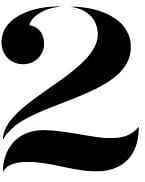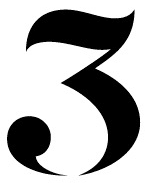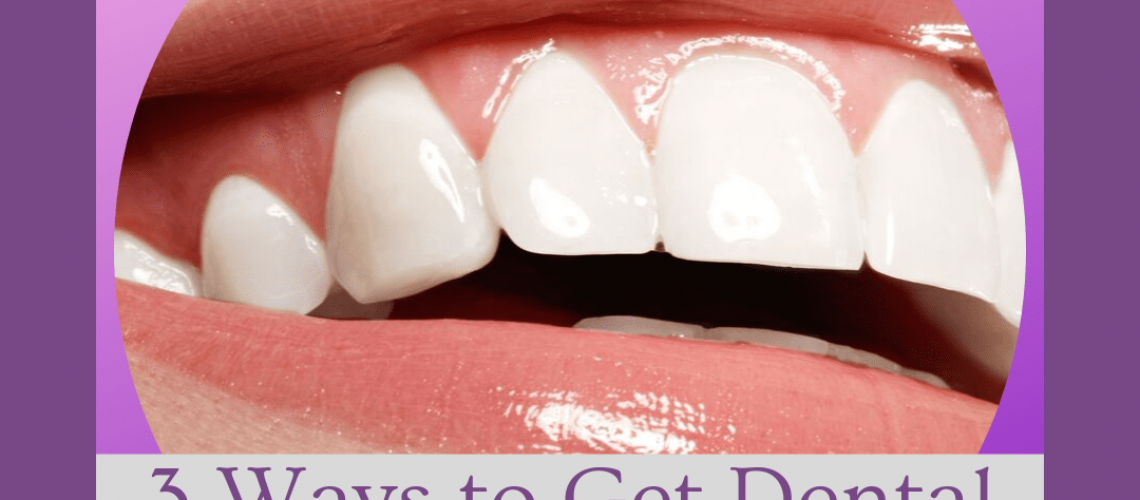Are you missing one or more teeth? Do you struggle with biting into or chewing food because of this? Is it sometimes difficult to speak clearly because of the gap or gaps left by your missing tooth or teeth? If you answered yes to any of these questions or if you currently have severely decayed or damaged teeth in need of extraction, then dental implants may be an ideal restorative treatment for you.
Unfortunately, because dental implants are artificial tooth roots that are implanted into the jaw bone, a prerequisite for implant treatment is ample bone mass to support the implant. Because of this, some people who want dental implants may not be the best candidates for them.
If you have been told by your general dentist that dental implants are not right for you because of a lack of bone mass, then you should see an implant dentist that specialized exclusively in the placement of dental implants. Implant dentists have extensive experience with dental implants and are able to use specialized techniques for those with low bone mass. This is only one reason to see an implant dentist. For more, see “The Top 10 Reasons to See an Implant Specialist”.
If you have decreased bone mass from tooth loss and want to have dental implants placed, your implant dentist may perform one of the following techniques:

Bone Graft
A bone graft uses synthetic bone material to build up bone mass around the implant site. This bone material is most often produced in a lab, but it can also be harvested from the patient’s body. When harvested from the body, the most common place to harvest is from the hip. During a bone graft, a small incision is made in the gums to access the underlying bone. Depending on your treatment plan, bone grafts may be performed as an independent treatment or as a coordinating treatment with the placement of dental implants. Once the bone material is in place, it will start a process called osseointegration where it will slowly harden and fuse with the surrounding bone.

Sinus Lift
A sinus lift is a type of bone graft that is used to increase bone mass in the upper arch. When bone mass occurs in the upper arch, the layer of bone between the sinus cavity and the upper teeth becomes narrowed. This is problematic for placing upper dental implants because it increases the risk of puncturing the sinus cavity with the implant screw. Therefore, sinus lifts are performed to increase bone mass, which essentially “lifts” the sinus cavity and decreases the risk of damaging it by placing implants. Much like a bone graft, a small incision is made in the gums and bone material is placed at the site. The gums are then stitched together and the area is left to heal and produce new bone.


Ridge Augmentation
The dental ridges are located on the top and bottom of the mouth. The top ridge is called the alveolar ridge and is the bump just behind your upper teeth. The lower ridge lies below your tongue behind your lower teeth. When tooth loss occurs, the ridge with the missing tooth can decrease in size and density. Therefore, in order to place a dental implant, the ridge must be properly built up. Ridge augmentation procedures will restore the original height and width of the affected ridge so an implant can be placed.
As you can see, bone grafts, sinus lifts, and ridge augmentations are specialized techniques an implant dentist uses to place dental implants in patients with low bone mass. Each procedure may vary slightly depending on the patient’s needs, but they are all intended to restore lost bone mass to safely support a dental implant. If you have been told that you do not have enough bone for a dental implant, it may be time to visit your local implant dentist.

Dr. Gregory J. Young is a Diplomate and board certified by the American Board of Oral Implantology/Implant Dentistry. He is also an Associate Fellow of the American Academy of Implant Dentistry. Additionally, he provides education, training and mentoring to his colleagues in all phases of implant dentistry. He has over 37 years of experience and dedicates his practice solely to implant dentistry and training.




